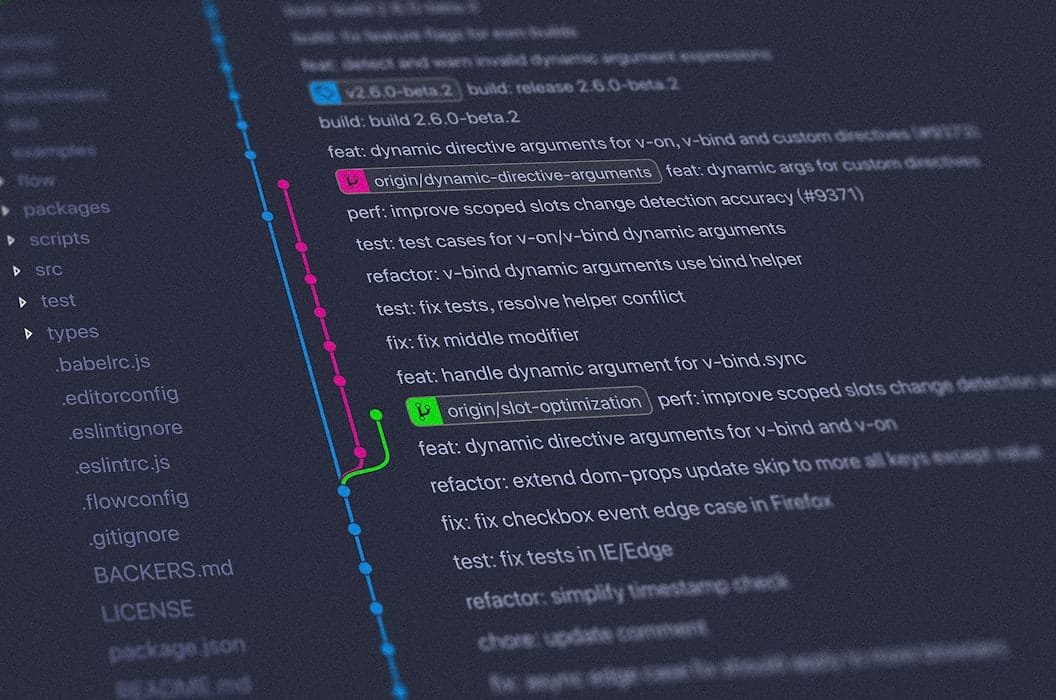At the core of the internet lies a complex yet fascinating ecosystem known as the World Wide Web. To unravel its workings, we need to explore key concepts such as HTTP, web browsers, and web servers.
The Internet as Infrastructure
Think of the internet as a vast phone network infrastructure, with numerous interconnected devices, each assigned a unique identifier, much like a phone number. But what makes the internet truly powerful is its applications, and over time, various attempts have been made to explore its potential.
Early internet endeavors, like email and Usenet newsgroups, made their mark, but it was the World Wide Web that truly revolutionized our online experiences.
The Birth of the World Wide Web
The inception of the World Wide Web can be credited to Sir Tim Berners-Lee, a visionary based in Switzerland. Back in the early days, he conceptualized a utility to visualize and interlink research papers. Little did he know that this idea would evolve into the World Wide Web we know today.
Working at CERN in Geneva, Berners-Lee introduced the concept of “hyperlinks.” This innovative idea involved linking documents together, allowing users to navigate seamlessly between them. His creation was initially an academic tool, but its impact was far-reaching.
HTTP: The Communication Protocol
At the heart of the web’s functionality is HTTP, or Hyper Text Transfer Protocol. This protocol, operating on top of TCP (Transmission Control Protocol), dictates how web browsers communicate with web servers and vice versa. It sets the rules for the exchange of information between these entities.
Web Servers and Web Browsers
In the web ecosystem, two primary players come into play: the Web Server and the Web Browser. The Web Server, typically hosted remotely, serves web pages to clients, which are the Web Browsers. The interaction between these components is governed by the rules established by HTTP.
Imagine the Web Server as a repository of web pages, and the Web Browser as the tool that fetches and displays these pages for users. The communication between them is akin to a conversation following the rules of the HTTP protocol.
HTML: The Language of Web Pages
Web pages, the visual entities we interact with, are essentially text files encoded in HTML, or Hyper Text Markup Language. HTML provides the structure and format for web content, defining elements like paragraphs, headings, images, and more.
As we journey further into understanding the web, we’ll delve into HTML and explore how these text files become the immersive web pages we encounter daily. Stay tuned as we bridge the gap between theory and practical implementation in the realm of HTML.


